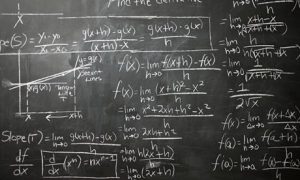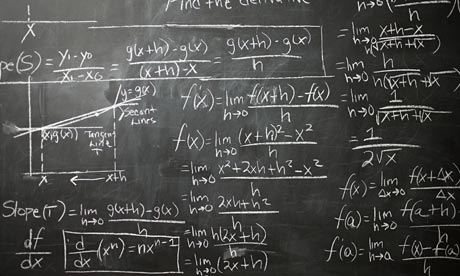 The Guardian published a lovely article yesterday, by Alex Bellos, on “How to learn to love maths”. Here are some excerpts. The full article is available here.
The Guardian published a lovely article yesterday, by Alex Bellos, on “How to learn to love maths”. Here are some excerpts. The full article is available here.
“… maths should also be studied for the same reasons we study Shakespeare – it is our intellectual and cultural heritage. Maths makes us more creative and gives us a deeper understanding of the way things really are.
In all countries, however, the need to pass exams and the emphasis on number-crunching often makes us forget how fascinating maths can be. Here is a list of 10 morsels that, I hope, give a taste of the pleasures to be had.
4 Before you answer, flick through this newspaper. It contains many numbers – dates, financial sums, temperatures, percentages and so on. Even though I am writing this before most of the other stories are written I will bet my house that about 30% of the numbers in the paper today will begin with a one, about 17% will begin with a two, and only about 5% begin with a nine. In fact, I bet that the percentages are the same in every newspaper published today, not just in the UK but in the whole world. The bizarre preponderance of numbers beginning with a one is called Benford’s Law and is not entirely understood, even by mathematicians. Maths always challenges your preconceptions.
5 Another example. When the shuffle feature on iPods was launched, in which music tracks are played in a random order, several consumers complained that it didn’t work since often tracks from the same album were played in succession. Surely this was the opposite of randomness, they harrumphed! Yet the study of probability teaches us that clusters of similar tracks are indeed very likely, in the same way that when you flip a coin, you will get surprisingly long runs of heads or tails. In response, Steve Jobs said he would change the algorithm: “We’re making [it] less random to make it feel more random.”
8 One fantastic application of a mathematical idea is jangling in your pocket: the 50p piece. For a shape to be permissible as a coin it has to have constant width, so it can be usable in slot-operated machines, which read a coin’s value by measuring width. Circles obviously have a constant width. In the 60s the Decimal Currency Board wondered if there were other shapes that had a constant width in order to help blind and partially sighted people tell the difference between different denominations. The “equilateral curve heptagon” used for the 50p does have that shape – its height is always the same at whatever point you rest it on its edge. This remarkable property means that if you made two rollers each with a 50p piece shape as a cross-section, you could roll an object on the top of them and it wouldn’t bob up and down.


